Content hub
From application notes to blogs, news items to infographics, we've got a wealth of advice about VOC and SVOC analysis that we'd like to share with you. Simply use the search function or use the drop-down selectors to filter by content type, sampling method and/or application area to discover more.
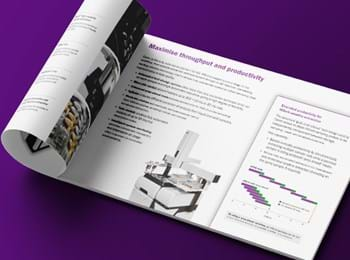
Centri
A fully automated multi-mode sampling and concentration system for GC–MS, Centri allows extraction and enrichment of VOCs and SVOCs in liquid, solid and gaseous samples.

US EPA extends proficiency testing to the ‘PAMS’ network for organic ‘ozone precursors’
23 May 2024

A taste of the future: What’s next for safety and quality testing in the food industry?
On-demand discussion forum. Listen to our experts in this discussion forum and learn about emerging trends in the food industry, research and development to ensure safety and quality.

Automated sample preparation speeds up off-flavour research in the aquaculture industry
Aquaculture Research Institute (ARI) at the University of Maine, partnered with the US Department of Agriculture (USDA)
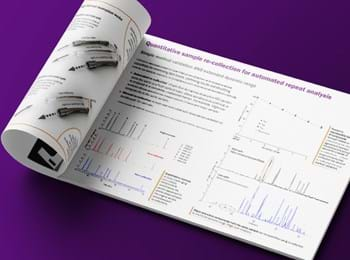
Markes Instrument Control (MIC™) software
Explore
Simple, non-invasive sampling of short-chain fatty acids in saliva as potential indicators of disease using HiSorb sorptive extraction
The Chemistry Lab for Analytical Technologies and Sensors, Dept. of Chemistry, University of Pisa, Italy
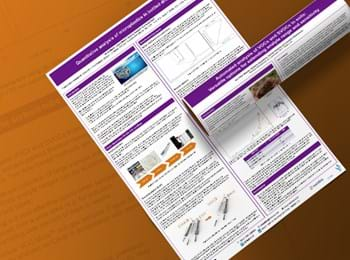
Breathing easy: Advanced monitoring of airborne chemical hazards using thermal desorption−gas chromatography
Presented at Pittcon, USA, 2025

Fully automated, cryogen-free analysis of ethylene oxide residues in medical devices by multi-step enrichment-headspace-trap
Presented at Pittcon, USA, 2025

Powering the future: Advancing volatile chemical measurement in energy gases and alternative energy sources
Presented at Joint Workshop EMN, Netherlands, 2025
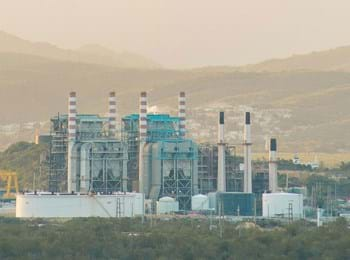
Fundamentals of environmental air monitoring: Overcoming challenges in VOC analysis with advanced GC–MS techniques
Explore
Switching to hydrogen carrier gas: An analyst’s guide to GC–MS method conversion
Discover the critical steps in implementing a hydrogen carrier gas GC-MS workflow and the benefits it offers as a sustainable solution.

Monitoring volatile gases released during PFAS destruction in accordance with US EPA OTM-50
Application Note 177

Improving moisture management and increasing sample throughput for environmental air monitoring
Enthalpy Analytical, USA

Expanding the sample extraction toolkit for food analysis by GC–MS
Discover the critical steps in implementing a hydrogen carrier gas GC-MS workflow and the benefits it offers as a sustainable solution.

Examining flavour profiles of tea and coffee using automated sorptive extraction and advanced chemometric data-mining for GC–MS analysis – An approach for exploring food sample variability
Application Note 288

Instruments for monitoring ozone-depleting substances and greenhouse gases
UNITY–CIA Advantage-xr, NuVo 200 and Medusa
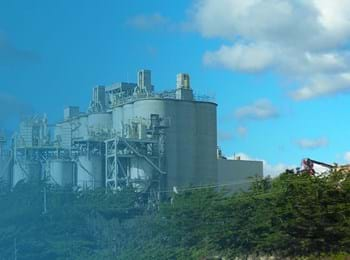
EPA Method 327: A technical perspective on ethylene oxide monitoring
26 February 2025

Real-world implementation of dual canister and tube analysis of hazardous air pollutants using TD–GC–MS
On-demand webinar

Versatile tools for high-sensitivity flavour and aroma analysis
Teagasc, Ireland

Advancements in near-real-time monitoring for chemical warfare agents: enhancing detection and field deployment capabilities
Presented at CBRNe World, USA, 2024

Beyond air monitoring: Advancements in trace level detection of chemical warfare agents and toxic chemicals in environmental matrices and contaminated materials
Presented at CBRNe World, USA, 2024

Monitoring produced gases From PFAS destruction technologies in line with OTM-50
Presented at SSSAAP (Source Evaluation Society’s Stationary Source Sampling and Analysis for Air Pollutants conference), Tennessee, USA, 2024

What are the best sampling techniques for the analysis of VOCs and SVOCs in air using thermal desorption?
Presented at CEM India - Sampling techniques, 2024

Hydrogen fuel impurity testing: How to comply with National Quality Standards
Presented at Pittcon, 2024





